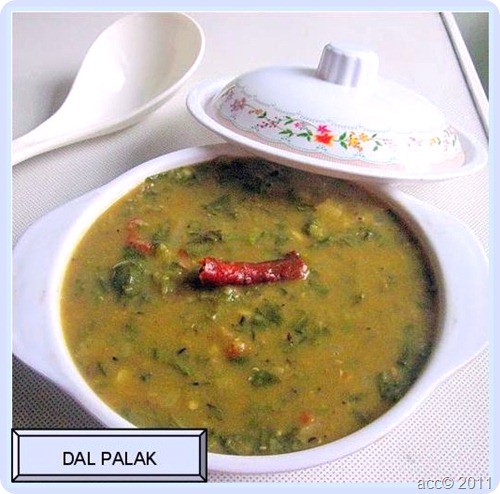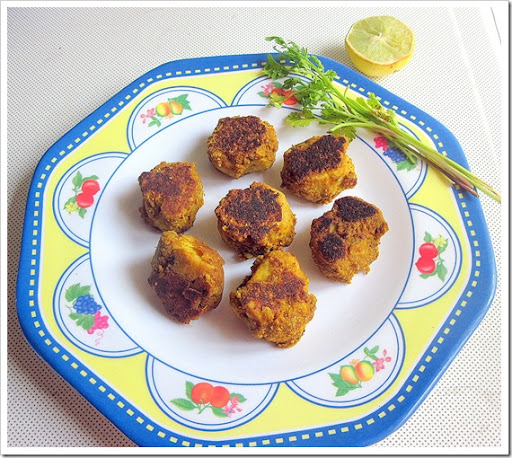
On my recent trip to Hawaii I got a chance to interview Chef
Alan Wong. I just wanted to get a few quotes but I was so impressed by what he had to say I thought I'd share a bit more of the interview. His list of things to do when you visit Hawaii is really wonderful and makes me want to go back...
You were one of the founders of Hawaii Regional Cuisine now in its twentieth year. What's happening with Hawaii cuisine today?
Twenty years later we have so much more product, more vegetables, more fish. It's a different ball game ingredient wise. On the Big Island there is red veal being produced, we have aquaculture--farm raised moi and kampachi even sturgeon. Local asparagus wasn't available 20 years ago there was only one cheese maker. Now, every island has at least one cheese maker.
Is eating local catching on?
Yes. Everyone is getting on board. Everyone wants to support buying local. We need to support farmers. I predict even more local products and more sensitivity to buying local and a challenge to the younger chefs to take risks with cuisine.
What are your thoughts on the farmers markets, pop ups and gourmet food trucks?
It's great and brings something new to people who love to eat. It's funny because the lunch wagons have been around for a long time. This idea of Korean food on a taco is not new to us! The movement has revived an idea and some people are now doing new things, gourmet things. But we grew up on plate lunch mentality.
What should visitors not miss when they come to Hawaii?
They ought to hit at least one farmer's market, especially the
KCC market. To understand Hawaii, visit the
Hawaii Plantation Village, go on the guided tour and you will see houses from the plantation era. To undertand local culture and food you need to understand our history, from the Polynesians, to the tall ships, the missionaries, the Portuguese whalers, sugar cane workers, then Asian immigrants. We send all our restaurant staff to the Plantation Village. We use it as a training tool.
Our soul food lies in the past. Go to a Chinese restaurant, a Korean restaurant, and a Hawaiian restaurant like
Ono Hawaiian. Take a trip to the
fish auction. It's one of the last in the US and see the variety of fish we have in Hawaii.
Tamashiro fresh fish market has a wide variety of poke.
And go visit one farm!
Alan Wong will be visiting the Bay Area. Meet him in person at a book signing, cooking demo or other special event, and learn more about Hawaiian cuisine and culture. Visit
www.thebluetomato.net/tastehawaiitour for more information about any of the events listed below and to purchase tickets (though most events are free).
Thursday, October 27, 6:00-7:00 p.m.
TASTE HAWAII TOUR WITH CHEF ALAN WONG AND ARNOLD HIURA – BOOK SIGNING
Omnivore Books on Food, 3885 Cesar Chavez Street
Hawaii celebrates the 20th anniversary of Hawaii Regional Cuisine this year. James Beard Award-winning chef Alan Wong and Hawaii food historian Arnold Hiura bring the taste of the islands to Bay Area residents in a series of events. Join the fun at Omnivore Books on Food where you can talk story with Chef Alan Wong and Arnold Hiura and learn about Chef's newest cookbook, The Blue Tomato: The Inspirations behind the Cuisine of Alan Wong, and Arnold's book, Kau Kau: Cuisine & Culture in the Hawaiian Islands. Experience a tasting exercise with Chef Alan, featuring ingredients brought fresh from Hawaii.
Saturday, October 29, 11:45 a.m. – 12:30 p.m.
TASTE HAWAII TOUR WITH CHEF ALAN WONG AND ARNOLD HIURA – COOKING DEMONSTRATION
Ferry Building Marketplace – N. Arcade Outdoor Teaching Kitchen, 1 Ferry Building
James Beard Award-winning chef Alan Wong and Hawaii food historian Arnold Hiura are in the Bay Area this month to share Hawaii's unique food culture and scene with residents. See how Chef Alan transforms locally-sourced farmers market ingredients into white tablecloth fare, influenced by the flavors of simple Hawaii favorites. This event is free and open to the public.
Saturday, October 29, 12:30-1:00 p.m.
TASTE HAWAII TOUR WITH CHEF ALAN WONG AND ARNOLD HIURA – BOOK SIGNING
Ferry Building Marketplace – Shop #42, 1 Ferry Building
Talk story with James Beard Award-winning chef Alan Wong and Hawaii food historian Arnold Hiura and check out their books focusing on the unique culinary landscape of the islands – The Blue Tomato: The Inspirations behind the Cuisine of Alan Wong and Kau Kau: Cuisine & Culture in the Hawaiian Islands. Chef and Arnold are in the Bay Area this month to share the cuisine and food culture of Hawaii. Both books are back-to-back recipients of the Hawaii Book Publishers Association's Ka Palapala Pookela Award of Excellence in Cookbooks in 2009 and 2010, respectively. This event is free and open to the public.
Sunday, October 30, 5:00-7:00 p.m.
TASTE HAWAII TOUR WITH CHEF ALAN WONG AND ARNOLD HIURA – FOOD TASTING
Japanese Cultural Center, 1840 Sutter Street, Suite 201
Hawaii celebrates the 20th anniversary of Hawaii Regional Cuisine this year and the celebration is spreading to the Bay Area this month! Learn about the evolution of Hawaii's culinary landscape from James Beard Award-winning chef Alan Wong and Hawaii food historian Arnold Hiura and have the opportunity to taste Chef's recipes in this special evening affair benefiting the Japanese Cultural Center of Northern California. Each ticket includes your choice of a copy of Chef Alan's The Blue Tomato: The Inspirations Behind the Cuisine of Alan Wong or Arnold Hiura's Kau Kau: Cuisine & Culture in the Hawaiian Islands, and open access to food and buffet stations. Menu will incorporate dishes from Chef's book and Hukilau Restaurant. Tickets are $75.
Monday, October 31, 6:00-8:00 p.m.
TASTE HAWAII TOUR WITH CHEF ALAN WONG AND ARNOLD HIURA – PAU HANA MIXER
La Mar cebichería peruana, Pier 1.5 Embarcadero
Kick start your Halloween night with the Hawaii Chamber of Commerce of Northern California (HCCNC), James Beard Award-winning chef Alan Wong and Hawaii food historian Arnold Hiura in a pau hana mixer at La Mar cebichería peruana. Enjoy pupu, drinks, and special Hawaii raffle prizes, including one for the best Halloween costume! This event is free and open to the public.
Wednesday, November 2, 11:00 a.m. – 2:00 p.m.
TASTE HAWAII TOUR WITH CHEF ALAN WONG AND ARNOLD HIURA – FOOD TASTING
Akiyama Wellness Center, 110 Jackson Street
Enjoy a very special and insightful lunch with James Beard Award-winning chef Alan Wong and Hawaii food historian Arnold Hiura as they share the unique culinary landscape of the Hawaiian Islands. This year marks the 20th anniversary of Hawaii Regional Cuisine, and Chef and Arnold are celebrating with several events in the Bay Area. Talk story with the two and enjoy a buffet by Hukilau Restaurant and food by Chef Alan. Each ticket includes your choice of a copy of Chef Alan's The Blue Tomato: The Inspirations Behind the Cuisine of Alan Wong or Arnold Hiura's Kau Kau: Cuisine & Culture in the Hawaiian Islands, beverage service, and open access to food stations. Tickets are $60.
Wednesday, November 2, 6:30-9:00 p.m.
TASTE HAWAII TOUR WITH CHEF ALAN WONG AND ARNOLD HIURA – CHEF ALAN'S BIRTHDAY BASH
Hukilau Restaurant, 230 Jackson Street
It's James Beard Award-winning chef Alan Wong's birthday and you are invited to join the party! Celebrate with him, Hawaii food historian Arnold Hiura and more at Hukilau Restaurant for fun and of course, food! This event will feature action stations by Chef Alan and a buffet of Hawaii favorites by Hukilau Restaurant. Guests to this event will also have the chance to win a trip for two to the Hawaiian Islands to dine at an Alan Wong's Restaurant. Each ticket includes your choice of a copy of Chef Alan's The Blue Tomato: The Inspirations Behind the Cuisine of Alan Wong or Arnold Hiura's Kau Kau: Cuisine & Culture in the Hawaiian Islands, hosted bar, and open access to food and buffet stations. Tickets are $75.














